The Chicago Reader finds new life with new buyer: 'I'm grateful that it's going to have a future'
Published in Business News
CHICAGO — In 2024, the Chicago Reader covered 34 art venues, 156 performing art venues, theaters and live music, conducted 311 theater reviews, 202 film reviews, 52 visual art show reviews and published 1,627 concert announcements. Of those, 491 freelancers, many of them practicing artists, contributed over 1,500 articles. “We tell y’all about a lot,” according to Ellen Kaulig, the Chicago Reader’s chief of staff.
That storied history will continue now that the 54-year-old publication is being acquired by Noisy Creek — the media company that bought alternative weeklies in Seattle and Portland, Oregon — The Stranger and the Portland Mercury. Walkinshaw did not disclose terms of the deal, but said it will close this week.
Noisy Creek is the brainchild of Brady Walkinshaw — former Democratic legislator in the state of Washington and CEO for the climate news website Grist.org.
The acquisition of the Chicago Reader also comes with the search for a new editor in chief and the addition of the EverOut events guide and independent ticketing platform Bold Type Tickets to help sustain and grow local media, Walkinshaw told the Tribune. Short-term efforts are focused on stabilizing the Reader and its resources, and in the long-term, investing, developing and growing.
“We hope what we’re doing is going to be able to give the Reader the runway that it needs…because it’s truly one of the most beloved and iconic alternative weeklies in America,” Walkinshaw said. “We have every intention to keep it hyper-local, with local leadership, local partners. What we’re bringing is capital, and a model that can support it.”
The Reader converted to a nonprofit business model nearly three years ago, yet it continued to struggle financially, resulting in layoffs of non-union employees, organizational restructuring, and the resignation of CEO Solomon Lieberman earlier this year to keep the paper afloat. “January was really hard for us…we made hard choices that really tried to respect our audience, and the integrity and history of the paper,” Kaulig said.
The Reader scaled back to biweekly for several years, but resumed weekly print publication last summer. “We’ve kept printing 63,000 free copies every single week that go out to over 1,000 locations citywide,” Kaulig said. “We have had to cut back to a minimum viable product of 28 pages, just because that’s what we needed to do.” Chicago Reader staff considers 2002 to be the paper’s zenith — when the weekly page count was 52 on average.
Walkinshaw, a self-professed nerd on the business of media, is excited about Noisy Creek’s business model, one that blends advertising, print subscriptions, ticketing live events, and philanthropy to fund journalism. Since he founded the company last summer on the West Coast, the initial team of about 36 people has grown to about 55, pre-Reader. Now that number is 80. Walkinshaw attests that print is a powerful medium that is valued. Relationships to the arts/cultural community, small businesses and advertising remains important. But it’s the event calendar EverOut and the ticketing company that helps peopleunderstand what to do in the place that you live and love and showcase events that are happening in your own community, Walkinshaw said. The revenue from the ticketing platform, used by small venues, is a funding stream for local news. Walkinshaw said Noisy Creek is aspiring to launch the ticketing efforts in Chicago in early 2026.
Kaulig said Noisy Creek and the Reader coming together, sharing services will allow Reader staff more bandwidth to celebrate their readers more — leveraging relationships and access to be able to get more Chicagoans out doing cool things in the city as a thank you for their support of the Reader, be it a tour of a hidden prop house, or a backstage tour at a theater, access points that people don’t get in everyday life, that showcase how beautiful and transformative the arts and culture scene is in Chicago.
“Noisy Creek is coming in with an events and ticketing platforms that ties into the local arts community that we’re known for supporting and highlighting. It’s really cool synergy,” Kaulig said. “We thought we may be at the end…there’s so many cool things that we get to do now, the biggest one is keep on keeping on. We would not be here without institutional support and small donors.”
The Reader was launched in 1971 by a group of Carleton College (Minnesota) graduates as a free weekly, the broadsheet turned tabloid leans into long-form, community-driven journalism, arts and culture news, politics, and offbeat classified ads. Along the way, ownership changed hands a number of times: From the original owners to Creative Loafing, a small chain of alternative weeklies based in Atlanta in 2007, to Atalaya Capital Management, a New York-based hedge fund, that acquired the Reader out of bankruptcy in 2009. Wrapports, a Chicago investor group that acquired the Sun-Times in late 2011, added the Reader to its portfolio in May 2012 for about $2.5 million.
After 40 years of covering the city’s West Side, Voice Newspapers faces uncertain future in wake of editor’s death
In 2018, Chicago attorney Len Goodman and real estate developer Elzie Higginbottom bought the Reader from the Chicago Sun-Times for $1 and the assumption of debt, rescuing it from dissolution and pumping more than $1 million each into the alternative newspaper to keep it afloat. The Reader went nonprofit in May 2022 under then-publisher Tracy Baim in a process that pitted Goodman against Higginbottom before picketing employees helped push it over the finish line. Baim stepped down and the board installed Lieberman as her successor in February 2023, adding the since-eliminated CEO role to the job.
“I think the model that Noisy Creek is offering is innovative and can work…they’ve already seen it work out in Seattle,” Baim, executive director of Press Forward Chicago, said. “The Reader being stabilized is so important to the message that Press Forward Chicago is sending — that we need to shore up support for journalism and its role in a civic society. The Reader plays an important role, as do so many other publications, and I’m grateful that it’s going to have a future.”
Walkinshaw agreed. “The way this will succeed is in partnership and supporting and working with the Chicago community,” he said. “It’ll have to be led in partnership with journalists and nonprofit donors and ticketing venues and creators of all sorts in Chicago.”
Wm. Steven Humphrey, the 25 year editor in chief of the Portland Mercury, is psyched that the Reader will be under the Noisy Creek umbrella, as it was the paper that introduced him to alternative weeklies when he lived in Chicago. “It was a huge influence on me, and the way I do things,” he said. “We are going to learn so much from them because they have so much institutional knowledge.”
Humphrey said the Portland Mercury was not in print for two or three years, but next year the publication is going back to publish a monthly issue since Noisy Creek acquired them. He added the paper had to let go of three-quarters of their staff during the pandemic, but with Noisy Creek’s support, the editorial staff is able to grow and afford to be creative again.
“The tenets on which alternative weeklies were built — that created love, trust, joy, and happiness for how people connected to their community— are the same as they were 10-30 years ago as they are today,” Walkinshaw said.
He wants to bring that back— things like thoughtful feature reporting, voicey, provocative, and irreverent coverage, as well as really strong arts and cultural coverage. Speaking about the vision for the future of the Reader, Walkinshaw expects to double down on music, literary, theater, live performance, criticism and coverage. “That kind of work is the kind of work that I’m really excited to invest in,” he said.
©2025 Chicago Tribune. Visit at chicagotribune.com. Distributed by Tribune Content Agency, LLC.
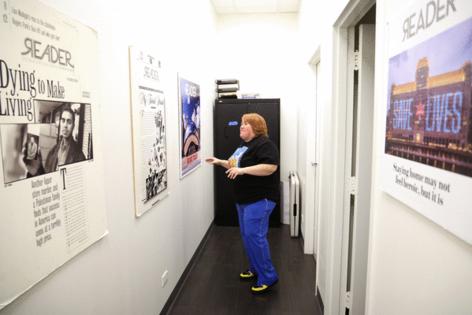

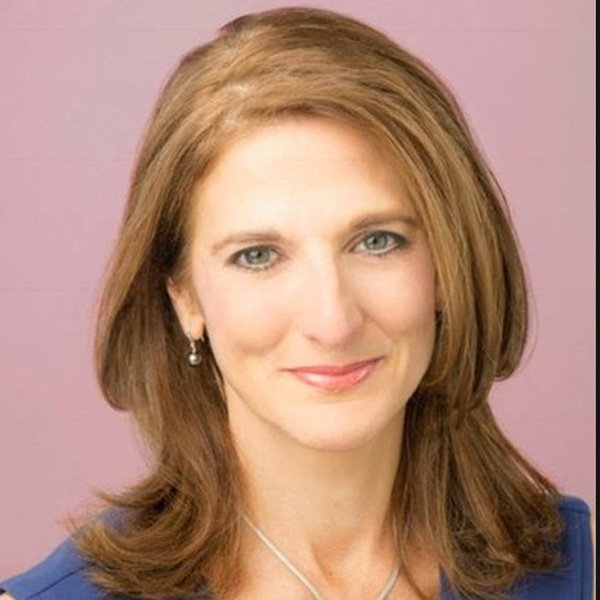
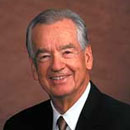
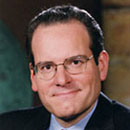






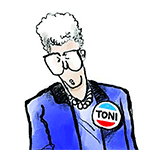
Comments